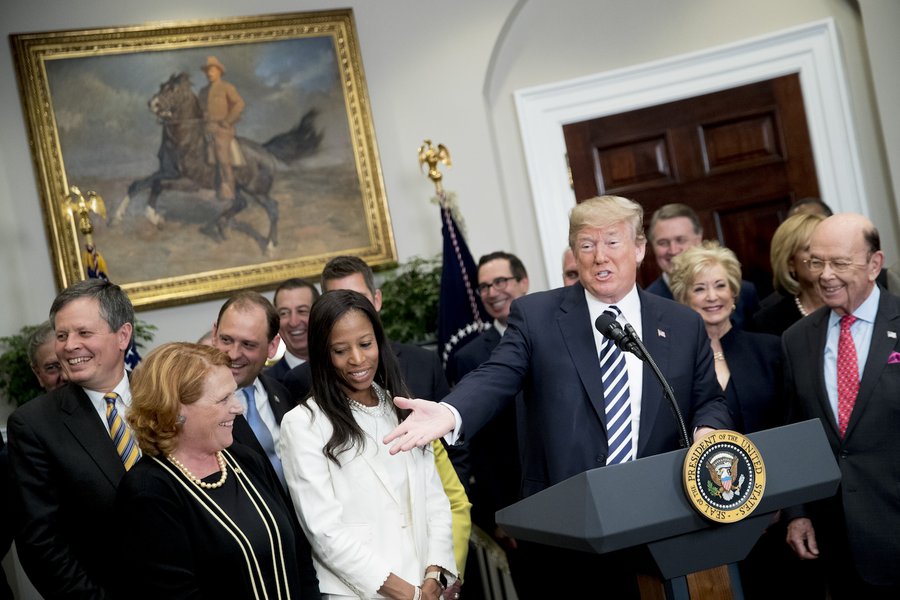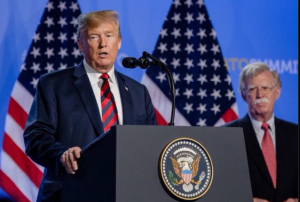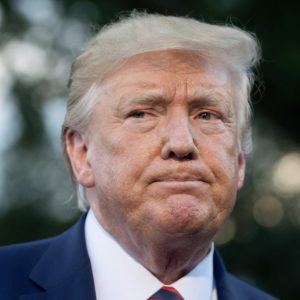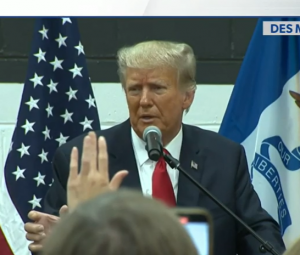The recent fallout of Silicon Valley Bank and Signature bank has once again highlighted the fragility of the banking sector in the United States. While the root cause of this particular crisis may be unique, the broader implications of such crises have been felt since the global financial crisis of 2008.
2008 Trump signed law rolling back Dodd-Frank rules created in response to financial crisis – The Washington Post
Blame Trump if we enter a financial crisis https://t.co/QKY1buzYhp— Mary Kay Marrello (@MaryKayMarrell1) March 11, 2023
It was in the aftermath of this crisis that the Dodd-Frank Wall Street Reform and Consumer Protection Act was signed into law in 2010, aimed at regulating the financial industry and preventing another economic meltdown. However, the subsequent election of Donald Trump as President in 2016 resulted in significant changes to the Dodd-Frank law, leaving many wondering about the long-term implications of such changes.
The Dodd-Frank law, also known as the Dodd-Frank Act, was introduced to address the structural weaknesses and regulatory gaps that led to the financial crisis of 2008. It included a range of provisions designed to promote financial stability and protect consumers, such as creating the Consumer Financial Protection Bureau (CFPB) and establishing a framework for regulating derivatives. The law also established new requirements for banks and other financial institutions, such as stress tests, increased capital requirements, and enhanced risk management standards.
Republicans & Trump celebrate signing the Economic Growth, Regulatory Relief, & CP Act into law 5/24/2018 which gutted Dodd-Frank fed regulations on smaller banks which forced them to be more conservative when investing customer deposits. 16 Banks failed during Trump presidency. pic.twitter.com/uamCgLrKpi
— WRAPTHx 🥷 (@wrapthx) March 14, 2023
However, many financial institutions, particularly smaller banks, argued that the Dodd-Frank law was overly burdensome and hindered their ability to serve their communities. They claimed that the law’s compliance costs were too high and that it restricted their ability to lend to small businesses and individuals. In response, President Trump signed the Economic Growth, Regulatory Relief, and Consumer Protection Act in May 2018, which loosened some of the Dodd-Frank law’s regulations.
One of the key changes made by the Trump administration was raising the threshold for banks to be considered “systemically important” and, therefore, subject to more stringent regulatory requirements. Under the original Dodd-Frank law, banks with assets of $50 billion or more were deemed systemically important, but this threshold was raised to $250 billion. This change meant that smaller banks were subject to fewer regulations, which they argued allowed them to operate more efficiently and support local communities.
Another significant change was the repeal of the “Volcker Rule,” which prohibited banks from making certain types of speculative investments with their own funds. Supporters of the Volcker Rule argued that it was necessary to prevent banks from taking excessive risks, which could lead to another financial crisis. However, opponents of the rule argued that it was overly complex and hindered banks’ ability to generate profits.
In 2010, Obama and Biden passed Dodd-Frank law to prevent bank failures from happening again after GOP-caused recession in 2008.
2018, Trump dismantled the law. The law that would have prevented Silicon Valley Bank from this failure.pic.twitter.com/Q3Xl7v5apr— Tosin Ash.💧 (@Tosyneno) March 13, 2023
Critics of the changes made to the Dodd-Frank law by the Trump administration argue that they weaken important safeguards designed to prevent another financial crisis. They argue that raising the threshold for “systemically important” banks and repealing the Volcker Rule could lead to increased risk-taking and financial instability. They also claim that the changes could make it more difficult for regulators to monitor and supervise the financial industry effectively.
Supporters of the changes, on the other hand, argue that they promote economic growth and allow smaller banks to better serve their communities. They argue that the regulations put in place by the original Dodd-Frank law were overly burdensome and hindered economic growth, particularly in smaller communities. They also claim that the changes provide regulatory relief to banks without compromising safety and soundness.
Also read | List of companies impacted by Silicon Valley Bank collapse
In conclusion, the changes made to the Dodd-Frank law by the Trump administration have been controversial and have generated significant debate. While supporters argue that the changes promote economic growth and reduce regulatory burdens, critics argue that they weaken important safeguards designed to prevent another financial crisis. Only time will tell what the long-term implications of these changes will be, but it is clear that the banking sector in the United States remains vulnerable to crises, and regulatory oversight remains critical to ensuring financial stability.







